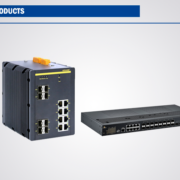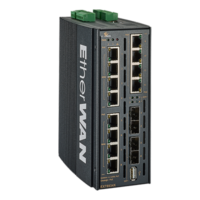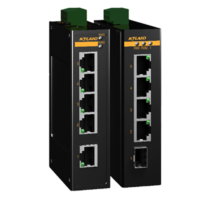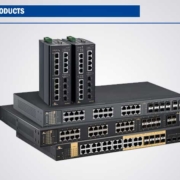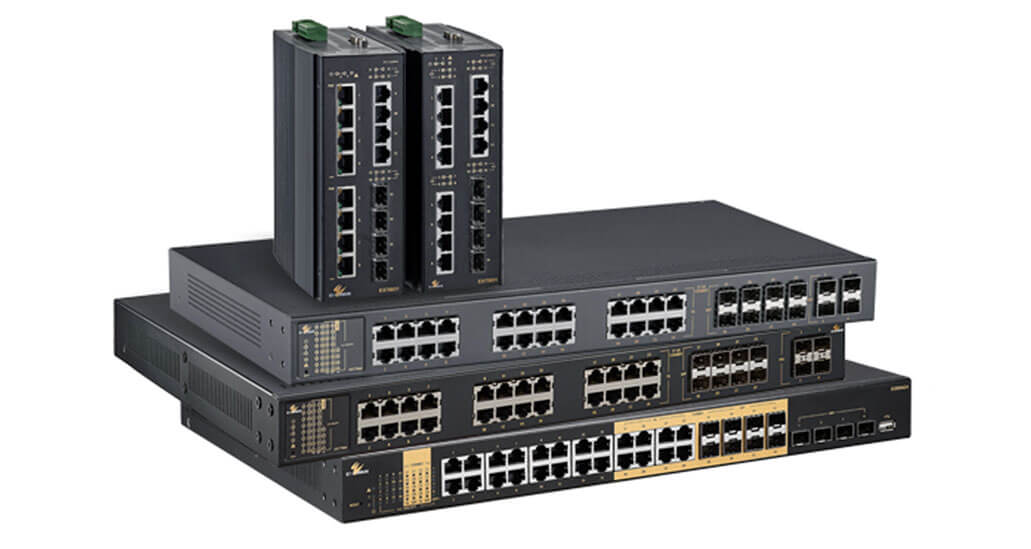Layer 2 Switch and Layer 3 Switch Which Switch to choose?
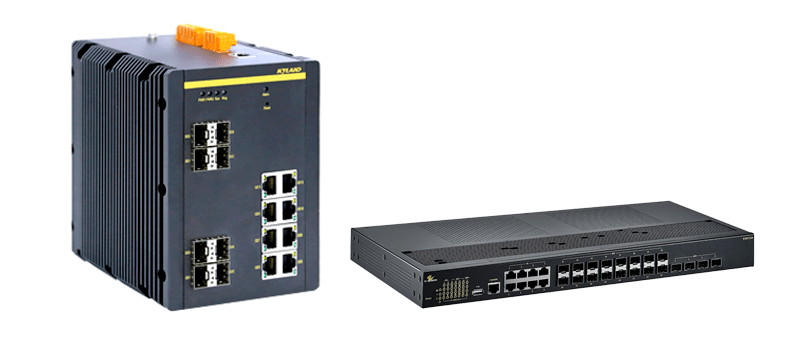 What is a Switch?
What is a Switch?
A switch is a device used to connect several devices in a local network. The switch allows communication between them and the exchange of information and resources.
There are different types of switches, two of the most common are Layer 2 switches and Layer 3 switches. These designations refer to the operating levels and processing capacity of the switches in relation to the OSI (Open Systems Interconnection) reference model.
The choice between a Layer 2 and a Layer 3 switch will depend on the specific needs of the network and the functions required for its proper operation. A Layer 2 switch focuses on communication within a local network using MAC addresses, while a Layer 3 switch goes further and can perform routing between networks using IP addresses.
Layer 2 vs. Layer 3 Switch: Features and Differences
– Layer 2 Switch
A Layer 2 switch (also known as a data link level switch) is used to connect network devices in a LAN (local area network). Its primary function is to send and receive data frames between devices on the same local network. Layer 2 switches use the MAC address of a device to determine which port to send a data frame to.
– Layer 3 Switch
A Layer 3 switch (also known as a network level switch) is used to route data packets between different networks. Layer 3 switches are able to analyse data packets to determine the best network path to send them to their final destination. These switches use IP addresses to make routing decisions.
The main difference between a layer 2 switch and a layer 3 switch is their ability to operate at different layers of the OSI (Open Systems Interconnection) model. While a layer 2 switch focuses on the data link level, a layer 3 switch operates at the network level.
When to choose a Layer 2 switch and a Layer 3 switch?
| Characteristics | Layer 2 switch | Layer 3 switch |
| Principal function | Connect devices on a LAN | Route data packets between different networks |
| OSI model layer | Layer 2 (data link layer) | Layer 3 (network layer) |
| Addresses used | MAC addresses | IP addresses |
| Make decisions of | Destination port based on MAC address | Network route based on IP address |
| Traffic management | Congestion control and loop prevention | Congestion control, loop prevention and QoS (quality of service) |
| Scalability | Limited due to the size of the LAN | Higher, due to the ability to route between networks |
| Security | Limited as all devices can be accessed on the same LAN | Increased, due to the ability to filter and control traffic between networks |
| Cost | Minor, due to its simplicity and limited functionality | Higher, due to its routing capability and advanced functionality |
Network Switch Applications for IoT
- Connect IoT devices: Switches can be used to connect and manage IoT devices on a network. With the number of devices expected to be connected, switches must be able to handle large amounts of traffic and provide high availability.
- Real-time data processing : To process large amounts of data in real time, which is essential in IoT applications such as temperature control, lighting, etc.
- Improved energy efficiency : To optimize the energy consumption of IoT devices. This can be accomplished by turning devices on or off as needed, and by allocating resources based on power consumption.
Network switch applications in different verticals.
La elección entre un switch de capa 2 o uno de capa 3 dependerá de los requisitos específicos de la red y las necesidades de cada industria.
The choice between a Layer 2 or a Layer 3 switch will depend on the specific requirements of the network and the needs of each industry.
– Data Center
Layer 2 switch:
- Connection of servers and network storage devices.
- Segmentation of virtual networks (VLAN) for greater security and efficiency.
Layer 3 switch:
- Implementation of virtualization and cloud technologies.
- Traffic control and packet prioritization to ensure optimal network performance.
– Industry 4.0
Layer 2 switch:
- Connection of IoT devices, sensors and actuators in industrial environments.
- Communication and control of machines and automated systems.
Layer 3 switch:
- Remote supervision and management of processes and production lines.
- Implementation of industrial Ethernet networks to improve efficiency and monitoring.
– Transport
Layer 2 switch:
- Communication systems in public and private transport.
- Connection of security cameras and video surveillance systems.
Layer 3 switch:
- Traffic control and intelligent signage.
- Network management for vehicle fleets and logistics.
– Energy
Layer 2 switch:
- Monitoring and control of energy distribution networks.
- Integration of smart meters and energy management systems.
Layer 3 switch:
- Communication between power generation and distribution devices.
- Implementation of smart grids for efficient energy management.
Which switch to choose?
The choice between a Layer 2 or a Layer 3 switch will depend on the specific requirements of the network and the needs of each industry.
At Matrix Electrónica we are specialists and we can help you choose the type of switch you need. Contact us and we will find the best switch option on the market for your specific needs
It may interest you:
Managed Switch vs Unmanageable Switch Which Switch to choose?

